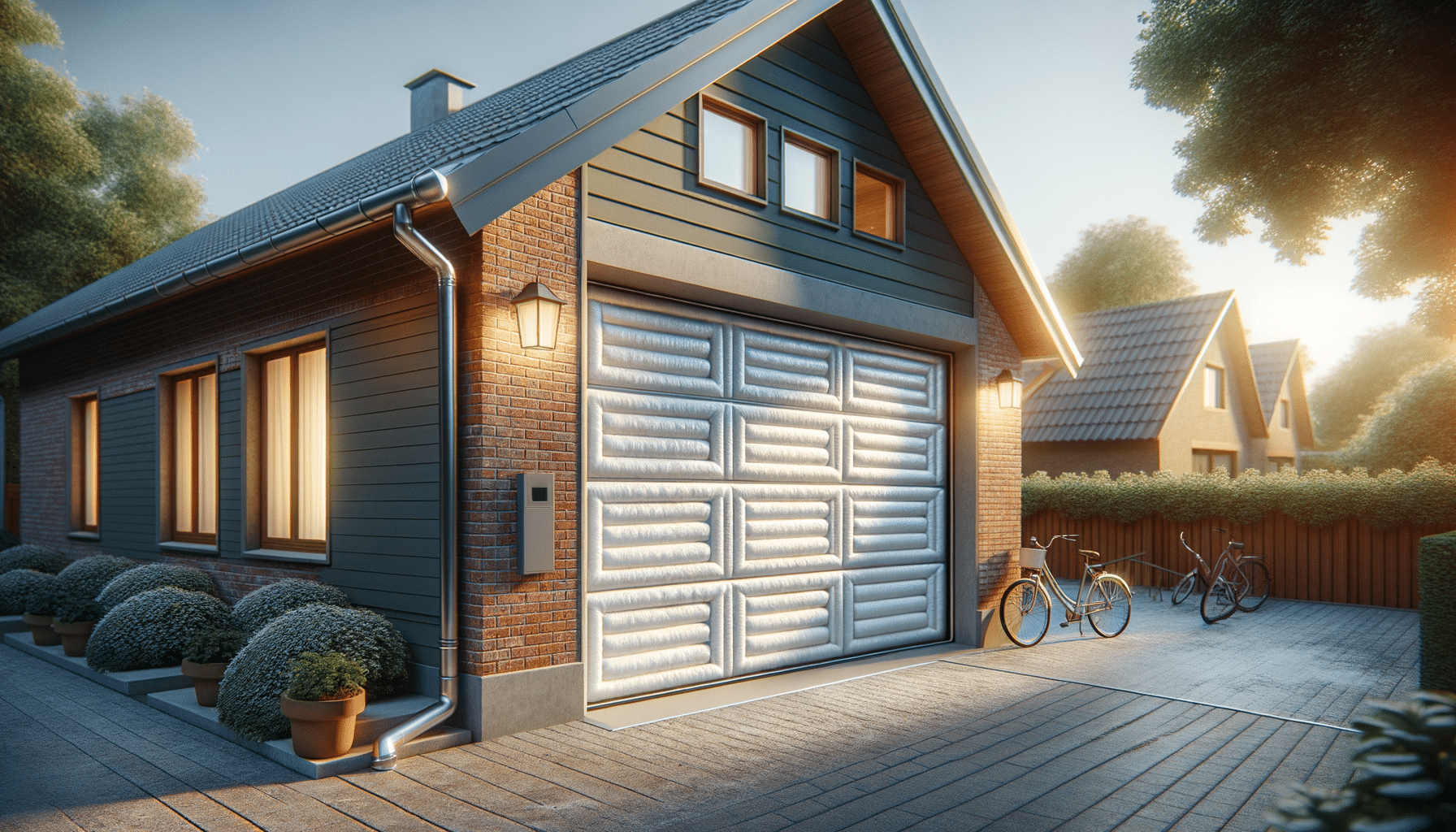
The Essential Guide to Insulated Garage Door Installation
Introduction to Insulated Garage Doors
Garage doors play a crucial role in the overall energy efficiency of a home. Insulated garage doors, in particular, offer significant advantages by helping maintain the temperature inside your garage. This not only contributes to the comfort of adjoining rooms but also reduces energy costs. With energy conservation becoming a priority for many homeowners, understanding the installation of insulated garage doors is more relevant than ever.
Insulated garage doors consist of multiple layers, usually an exterior layer, an insulating layer, and an interior layer, providing excellent thermal resistance. They also contribute to noise reduction, which is beneficial if your garage is attached to your home or used as a workspace. As we delve deeper into this topic, we’ll explore the benefits, materials, and installation process of insulated garage doors.
Benefits of Insulated Garage Doors
Choosing an insulated garage door can significantly impact your home’s energy efficiency and comfort. Here are some key benefits:
- Energy Efficiency: Insulated garage doors help regulate the temperature within the garage, reducing the amount of energy needed to heat or cool the space. This can result in lower utility bills.
- Durability: The additional layers in insulated doors make them sturdier and more resistant to damage compared to single-layer doors.
- Noise Reduction: The insulation also acts as a sound barrier, minimizing noise from both inside and outside the garage.
- Enhanced Comfort: By maintaining a consistent temperature, these doors make the garage a more comfortable space for activities or storage.
These benefits make insulated garage doors a valuable investment for any homeowner looking to enhance their property’s efficiency and comfort.
Materials Used in Insulated Garage Doors
Insulated garage doors are crafted from various materials, each offering distinct advantages. Common materials include:
- Steel: Known for its strength and durability, steel is a popular choice for insulated garage doors. It offers excellent security and is often paired with polyurethane or polystyrene insulation.
- Aluminum: Lightweight and resistant to corrosion, aluminum is ideal for coastal areas. It can be combined with insulation for enhanced thermal performance.
- Wood: Offering a classic aesthetic, wood insulated doors provide natural insulation properties. However, they require more maintenance to prevent damage from moisture and pests.
When selecting a material, consider factors such as climate, maintenance requirements, and aesthetic preferences to ensure the best fit for your home.
Steps for Installing an Insulated Garage Door
Installing an insulated garage door involves several key steps. While hiring a professional is recommended for optimal results, understanding the process can help you make informed decisions:
- Measure the Opening: Accurate measurements of the garage opening are crucial to ensure the door fits perfectly.
- Remove the Old Door: Carefully dismantle the existing door, ensuring safety and proper disposal of materials.
- Install the Tracks: Securely attach the tracks to the door frame, ensuring they are level and aligned.
- Assemble the Door Panels: Connect the insulated panels, starting from the bottom and working upwards, securing them with hinges and brackets.
- Attach the Springs: Install the torsion springs, which provide the necessary tension for smooth door operation.
- Test and Adjust: Once installed, test the door’s operation, making adjustments to the springs and tracks as needed for smooth movement.
By following these steps, you can ensure a successful installation, enhancing your garage’s functionality and efficiency.
Conclusion: Enhancing Home Efficiency
Installing an insulated garage door is a strategic upgrade for any homeowner looking to improve energy efficiency and comfort. By understanding the types of materials available, the benefits they offer, and the installation process, you can make an informed decision that aligns with your needs and preferences. Whether you choose to undertake the installation yourself or hire a professional, the result is a more efficient, comfortable, and valuable home. As energy costs continue to rise, investing in an insulated garage door is a step towards sustainable living and cost savings.


